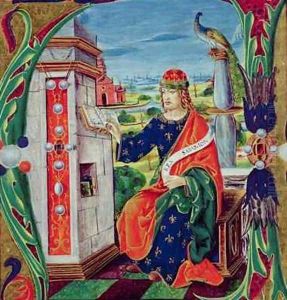Alessandro Pampurino Paintings
Alessandro Pampurino was an Italian painter and architect who lived and worked during the late Renaissance and early Baroque periods. His exact birth and death dates are not precisely known, but he is thought to have been born around 1570 and to have died around 1630. Pampurino is best remembered for his work in the region of Liguria, particularly in the city of Genoa, which was undergoing significant architectural and artistic development during his lifetime.
Pampurino's artistic training and early career are not well-documented, which is common for many artists of this era. However, it is believed that he was influenced by the prevailing artistic trends in Genoa, which at the time were characterized by a mix of late Mannerist and early Baroque styles. He was likely exposed to the works of prominent artists such as Luca Cambiaso and Giovanni Battista Paggi, who were instrumental in shaping the Genoese artistic landscape.
As an architect, Alessandro Pampurino is noted for his contributions to the design of several important buildings in Genoa. His architectural style blended traditional Renaissance elements with the emerging Baroque sensibility, characterized by dynamic forms and dramatic spatial compositions. One of his significant architectural works includes contributions to the design of the Palazzo San Giorgio, which served various functions over the centuries, including as a bank and a prison.
In the realm of painting, Pampurino's work encompassed religious subjects, which were common among artists of his time due to the patronage of the Catholic Church. His paintings would have adorned the walls and altars of churches and other religious institutions, contributing to the visual culture that was an integral part of religious devotion and practice.
Despite his contributions, Alessandro Pampurino's work has not been as extensively studied as that of some of his contemporaries. As a result, details about his life and oeuvre remain limited, and his legacy is not as well-known outside of specialist circles. Nonetheless, Pampurino's work is part of the rich tapestry of Italian Renaissance and Baroque art, and his architectural designs continue to be appreciated for their historical significance in the city of Genoa.




